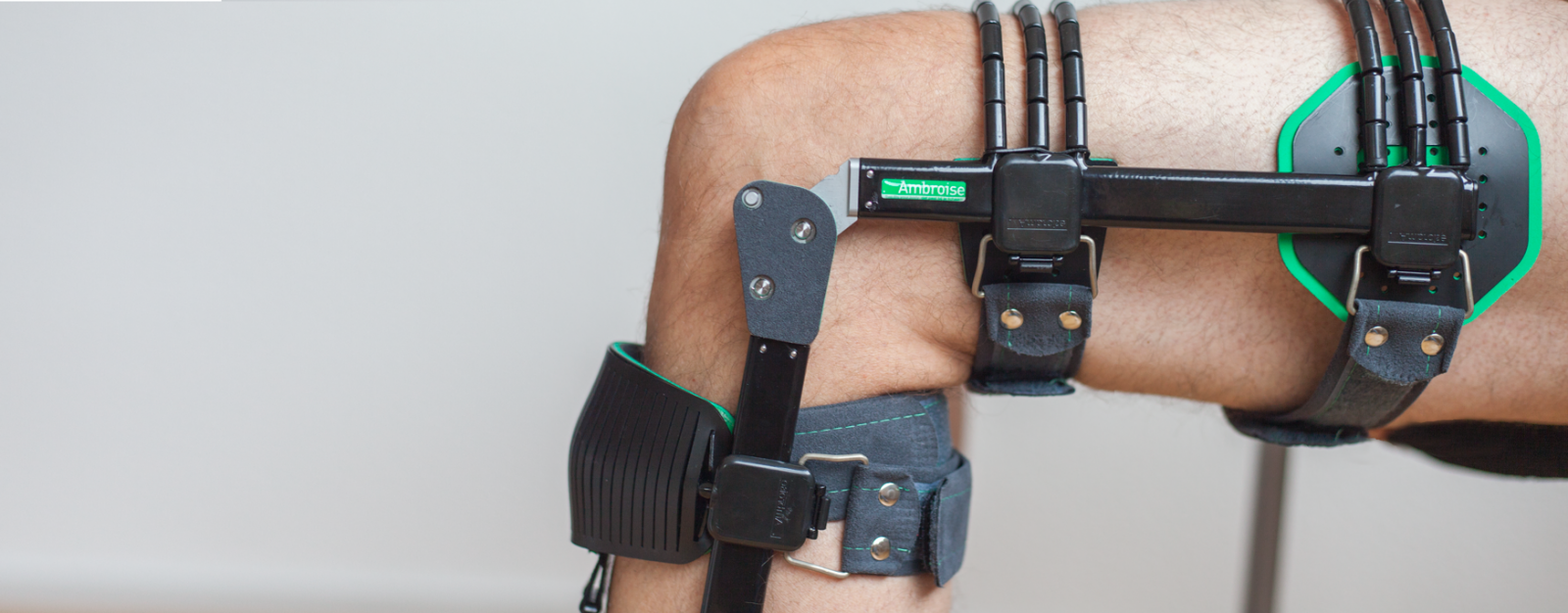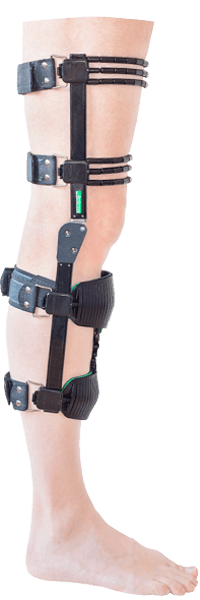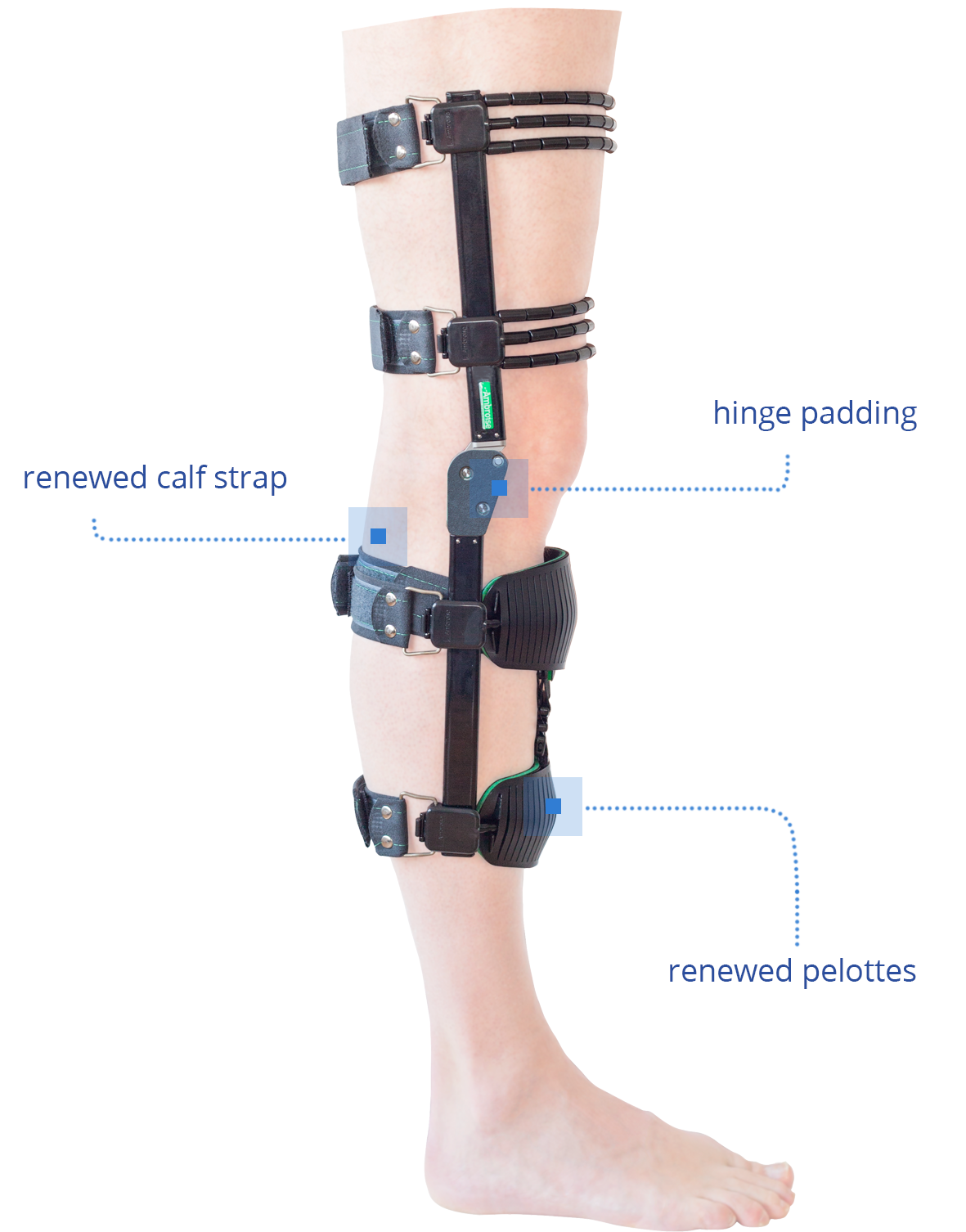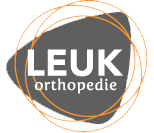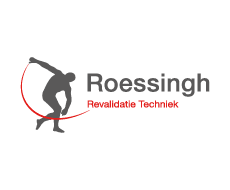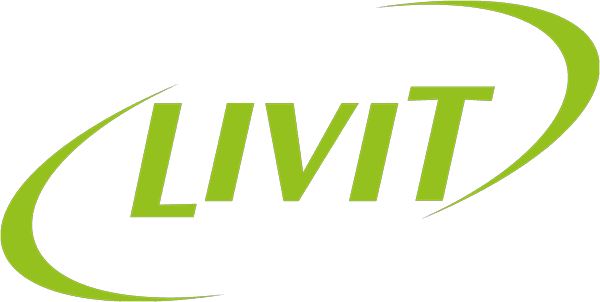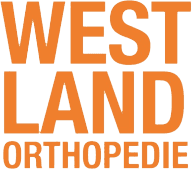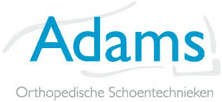The Genux knee orthosis (also known as knee brace or knee splint) is one of kind. The unique concept of this orthosis allows for accurate and individual support, matching the specific needs of its user. In addition, the orthosis is provided with the patented anti-slip system. As a result, the Genux does its job well and comfortably throughout the day.
The Genux is used in cases where genuine support of the knee is needed, for example, in case of a valgus– or varus instability of the knee or at first stages of knee hyperextension. In order to provide functional improvement in those cases, a knee orthosis must be able to generate high level forces. The Genux is capable to do so.
A worn-out knee… then what?
Osteoarthritis (OA) of the knee joint is a common condition generally referred to as ‘worn-out knee’. Osteoarthritis can occur in all joints of the body, including the knee. Osteoarthritis occurs roughly twice as often in women as in men. The chance to get this condition increases with age. The knee is the largest joint in the body and very important for standing and walking. The consequences of osteoarthritis can be serious. Chronic pain is frequently reported. Also, instability of the knee occurs a lot. The knee then gives way into an x-position (valgus) or in an o-position (varus). Your complaints could become so severe that you need a knee orthosis (also known as brace).
Also with starting hyperextension
Due to the stable build of the Genux, it is also used for a starting hyperextension (overstretching) of the knee. This occures for example, on people with hypermobility or the Ehlers Danlos Syndrome (EDS). The Genux is then a slim lightweight orthosis that can stabilize the knee so that it does not get into the painful overstretch.
